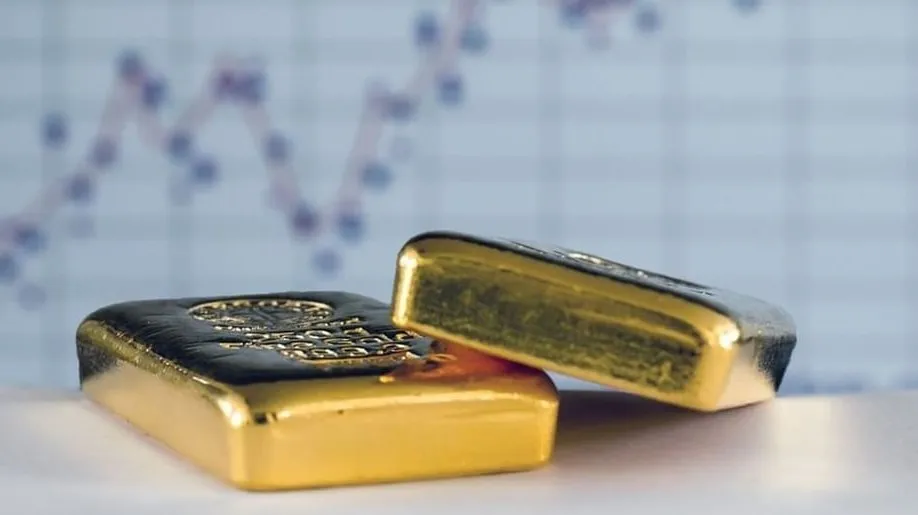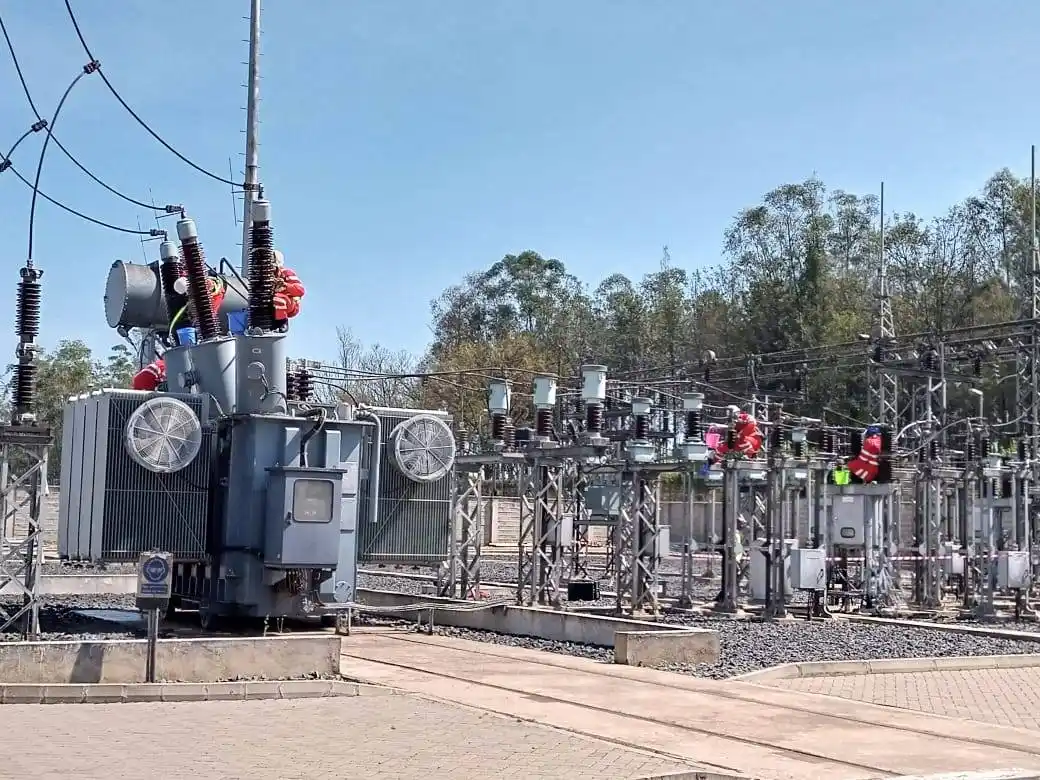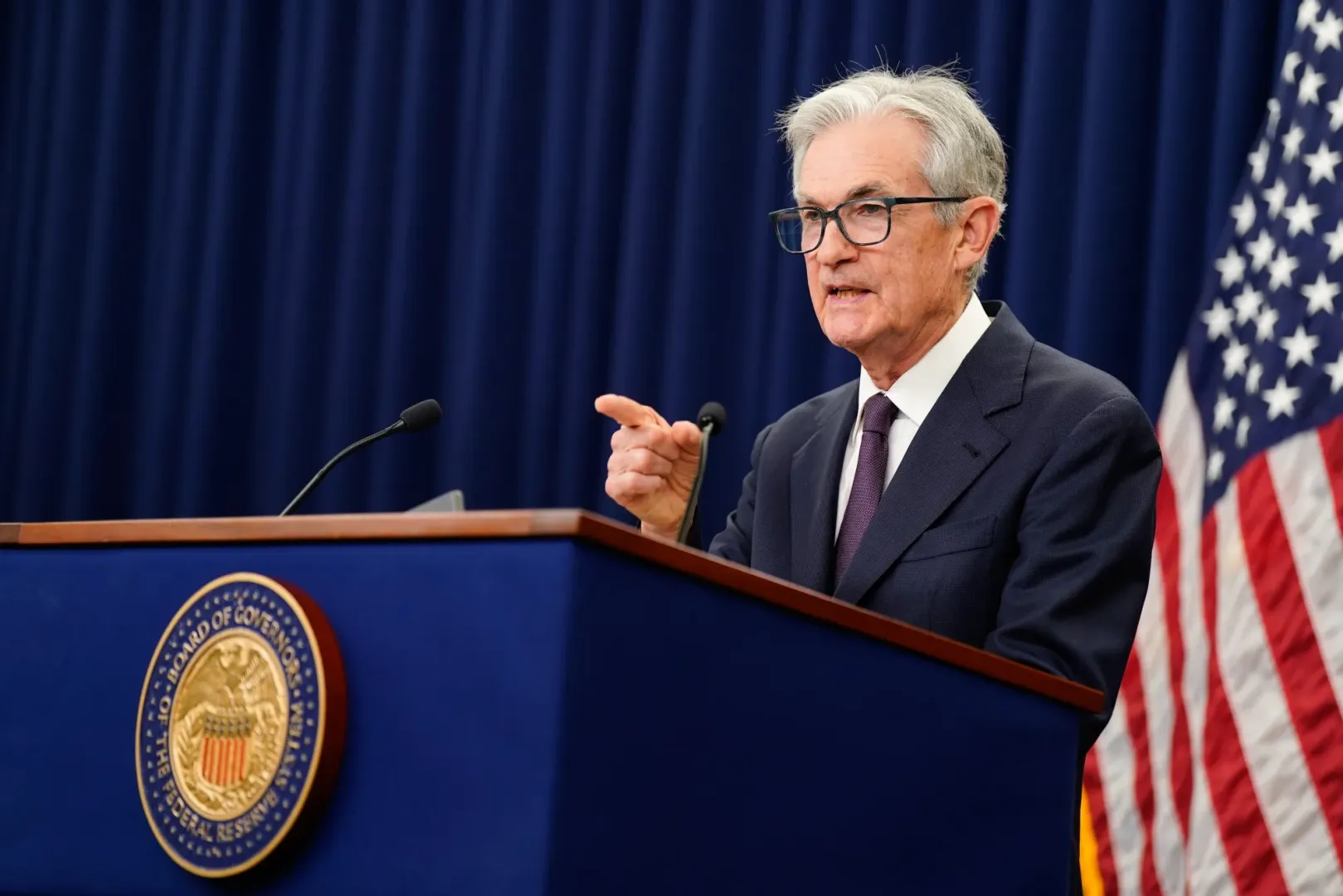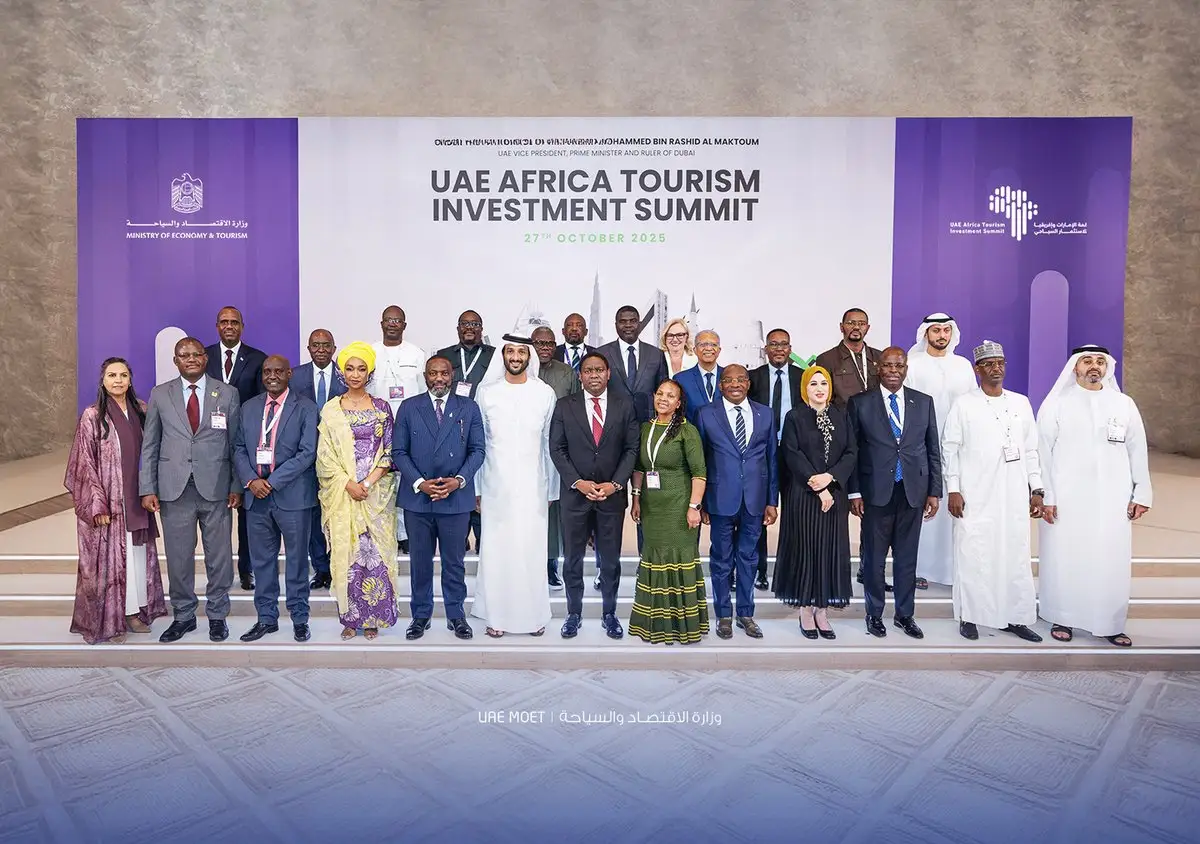The financial landscape of the United Arab Emirates (UAE) continues to demonstrate remarkable strength and strategic foresight, as evidenced by the latest statistical bulletin from the Central Bank of the UAE (CBUAE). During the first quarter of 2025, the CBUAE significantly boosted its gold reserves by an impressive 19.3%, underscoring a deliberate move to reinforce its financial stability and potentially diversify its asset holdings amidst a dynamic global economic environment. This increase translates to an addition of AED 4.444 billion, bringing the total value of gold reserves to AED 27.425 billion by the end of March 2025, up from AED 22.981 billion at the close of 2024.
This robust growth in gold holdings is complemented by a healthy expansion across various deposit categories within the banking sector. Demand deposit balances soared, exceeding AED 1.147 trillion by the end of March, a notable rise from approximately AED 1.109 trillion in December 2024. This figure includes a substantial AED 856.062 billion in local currency (UAE Dirham) and AED 291.116 billion in foreign currencies, reflecting both strong domestic economic activity and the UAE’s role as an international financial hub.
Savings deposits also saw a significant uptick, increasing to AED 338.788 billion by the end of March, from AED 317.48 billion in December. This growth was predominantly in local currency, reaching AED 268.97 billion, with foreign currency savings accounting for AED 51.817 billion. Furthermore, time deposits reached AED 991.757 billion by the end of March, comprising AED 614.854 billion in local currency and AED 376.9 billion in foreign currencies. These figures collectively paint a picture of burgeoning financial liquidity and heightened confidence within the UAE’s banking system.
Beyond deposits, the Central Bank’s statistics on banking operations reveal a highly active and efficient financial ecosystem. Total transfers executed through the UAE Funds Transfer System (UAEFTS) reached an astounding AED 5.449 trillion during the first quarter of 2025. This massive volume was segmented into AED 3.331 trillion in bank-to-bank transfers and AED 2.118 trillion in customer transfers, highlighting the system’s critical role in facilitating both interbank liquidity and large-scale commercial and individual transactions.
The continued relevance of traditional payment methods was also evident, with cheque transactions remaining significant. Statistics for March 2025 indicated that cheques cleared using their images totaled AED 351.359 billion across 5.615 million cheques during the first three months of the year. In March alone, the value of cheques processed amounted to AED 116.712 billion through approximately 1.83 million cheques. Lastly, the first quarter saw cash withdrawals from the Central Bank totaling AED 63.887 billion, while cash deposits amounted to AED 47.124 billion, providing insights into currency circulation dynamics.
Gold Reserves: A Strategic Asset in an Uncertain World
The CBUAE’s decision to increase its gold reserves by nearly 20% in the first quarter of 2025 aligns with a broader global trend among central banks, particularly those in emerging markets, to bolster their gold holdings. Central banks traditionally hold gold for several fundamental reasons, primarily as a store of value and a safe haven asset, especially during times of economic instability or geopolitical uncertainty. Gold serves as a diversification tool, hedging against currency depreciation (particularly the US dollar) and inflationary pressures.
According to a survey by the World Gold Council, central banks worldwide anticipate continuing their aggressive gold accumulation throughout 2025, with a record 95% of reserve managers expecting global gold reserves to increase. Notably, 43% of central banks specifically plan to expand their own gold holdings in the coming year, a significant rise from 29% in 2024. This appetite is particularly strong among emerging market and developing economy banks, many of whom cite geopolitical factors, concerns about sanctions, or anticipated changes in the international monetary system as key motivations for accumulating gold (Perplexity AI on Central Bank Gold Buying). The trend intensified after 2022, following Western nations’ freezing of Russian central bank assets, prompting a broader re-evaluation of reserve diversification strategies away from purely dollar-denominated assets. This has seen gold’s value share of global official reserves rise to 19% in 2024, surpassing the Euro’s 16% as the second-largest reserve asset after the US dollar (Mining Weekly on Central Bank Gold Reserves Survey).
For the UAE, increasing gold reserves can be seen as a prudent step in its long-term economic strategy. As an oil-rich nation, the UAE has made significant strides towards economic diversification, reducing its reliance on hydrocarbon revenues. Holding substantial gold reserves provides an additional layer of stability to its national currency and economy, offering a tangible asset that is not subject to the same volatility as financial markets or the fluctuations of oil prices. It also enhances the CBUAE’s capacity to manage monetary policy and maintain financial stability, reinforcing the UAE’s reputation as a secure and reliable financial center in the Middle East and globally. The historical significance of gold in the region, deeply embedded in trade and cultural practices, also lends a symbolic strength to these reserves.
Bolstering Financial Liquidity: Insights from Deposit Growth
The impressive growth in demand, savings, and time deposits within the UAE banking sector in Q1 2025 is a strong indicator of a healthy and confident economy. These deposit trends provide crucial insights into the overall financial health of both individuals and businesses.
- Demand Deposits (Current Accounts): The surge in demand deposits, exceeding AED 1.147 trillion, primarily reflects increased liquidity within the economy. Businesses likely hold significant portions of these deposits for daily operational needs, trade financing, and investment activities. For individuals, these are often funds readily available for spending. A consistent rise in demand deposits suggests robust economic activity, high levels of confidence among consumers and corporations, and an optimistic outlook on immediate financial prospects. The split between local (AED 856.062 billion) and foreign currency (AED 291.116 billion) deposits showcases the UAE’s dual role: a strong domestic economy supported by its national currency and a significant international financial hub attracting and facilitating foreign currency flows.
- Savings Deposits: The increase in savings deposits to AED 338.788 billion signals a growing propensity among individuals and smaller businesses to save. This can be driven by several factors:
- Economic Growth and Disposable Income: A growing economy generally leads to higher employment rates and increased disposable income, enabling individuals to save more.
- Trust in the Banking System: The steady growth in deposits is a direct reflection of the high level of trust that both residents and expatriates place in the stability and security of the UAE’s banking sector.
- Higher Interest Rates: In an environment where central banks (including the CBUAE) have been raising interest rates in line with global trends, higher returns on savings accounts can incentivize individuals to deposit more funds. A previous report noted that time deposits, in particular, increased on the back of higher interest rates in 2024 (Alvarez & Marsal UAE Banking Pulse).
- Time Deposits: Reaching AED 991.757 billion, time deposits (fixed deposits) indicate long-term financial planning and investment. These deposits typically offer higher interest rates than savings or demand accounts in exchange for locking up funds for a specified period. Their growth suggests that depositors are looking to capitalize on attractive interest rates and are confident in the long-term stability of the UAE economy, allowing them to commit funds for extended durations. The balance between local and foreign currency in time deposits also highlights the UAE’s appeal for both domestic and international investors seeking stable returns.
Overall, the deposit figures underscore a banking sector that is effectively mobilizing funds, which can then be channeled into productive investments and lending, further fueling economic growth. A robust deposit base provides banks with stable funding, enhances their liquidity, and supports their lending capacity to various sectors of the economy.
Efficiency in Motion: UAE’s Advanced Payment Systems
The CBUAE’s statistical bulletin also highlights the crucial role played by the UAE Funds Transfer System (UAEFTS) and other payment mechanisms in the nation’s financial infrastructure.
- UAE Funds Transfer System (UAEFTS): The sheer volume of transfers executed through UAEFTS in Q1 2025 (AED 5.449 trillion) underscores its fundamental importance to the UAE’s financial ecosystem. Operating on a Real-Time Gross Settlement (RTGS) model, UAEFTS ensures that each transaction is processed immediately and individually, providing swift and secure electronic fund transfers within the UAE (Remitly on UAEFTS). This real-time processing is vital for maintaining interbank liquidity, facilitating large-value payments between financial institutions (AED 3.331 trillion in bank-to-bank transfers), and enabling rapid settlement of high-value commercial transactions (AED 2.118 trillion in customer transfers). For businesses, this means efficient cash flow management, timely supplier payments, and expedited payroll processing. For the CBUAE, UAEFTS is a key tool for monetary policy implementation and for ensuring the overall stability and efficiency of the payment system, playing a critical role in adhering to anti-money laundering (AML) and countering the financing of terrorism (CFT) laws.
- Cheque Transactions: Despite the global push towards digital payments, cheques continue to play a significant role in the UAE’s financial landscape. The clearing of AED 351.359 billion across 5.615 million cheques in Q1 2025, with March alone seeing AED 116.712 billion processed, demonstrates their sustained use, particularly in business-to-business transactions and specific sectors like real estate. While many developed economies have seen a sharp decline in cheque usage, the UAE’s figures suggest a more gradual transition, with cheques coexisting with increasingly prevalent digital methods.
- Cash Movements: The figures for cash withdrawals (AED 63.887 billion) and deposits (AED 47.124 billion) from the Central Bank provide insights into the level of physical currency circulation within the economy. While the UAE is rapidly adopting digital payment solutions, cash remains an important medium for daily transactions, particularly in smaller retail segments and for a portion of the population that may prefer or rely on cash-based interactions. The difference between withdrawals and deposits could indicate various factors, including seasonal spending patterns, demand for physical currency, or changes in consumer preferences for digital versus cash transactions. The UAE is also making strides in digital assets and stablecoin adoption, with the CBUAE introducing regulations for Payment Token Services and the launch of AE Coin, the first fully licensed dirham-backed stablecoin, for use in airline bookings and taxi rides, signaling a broader shift towards a blockchain-enabled economy (Fintech News Middle East on UAE Stablecoin).
The Broader Economic Tapestry: UAE’s Diversification Journey
The robust financial figures presented by the CBUAE are not isolated incidents but rather reflections of the UAE’s strategic and successful economic diversification efforts. The nation, historically reliant on oil, has meticulously cultivated a dynamic, non-oil economy driven by a vision for sustainable growth and global competitiveness.
The UAE’s Economic Diversification Strategy (UAE Ministry of Foreign Affairs on UAE Economy) focuses on increasing investment in diverse export-oriented sectors, including heavy industry, transport, petrochemicals, tourism, information technology, telecommunications, renewable energy, aviation and space, and oil and gas services. This strategic shift is yielding significant results.
The Dubai Economic Agenda D33 (Official Portal of the UAE Government on Dubai Economic Agenda D33), launched with the ambitious goal of doubling Dubai’s economy and consolidating its position among the top three global cities by 2033, outlines 100 transformative projects. Key objectives include attracting over AED 700 billion in Foreign Direct Investment (FDI) over the next decade, increasing foreign trade to AED 25.6 trillion, and generating an annual contribution of AED 100 billion from digital transformation projects. D33 specifically targets the development of ‘next-generation’ innovative industries such as the digital economy, green energy, and advanced manufacturing, while also investing heavily in world-class infrastructure and attracting global talent.
Similarly, Abu Dhabi Economic Vision 2030 (ACTVET on Abu Dhabi Economic Vision 2030) aims for a sustainable and diversified, high value-added economy by transforming its economic base. It emphasizes reducing reliance on oil by promoting growth in industrial, tourism, and financial sectors. Key pillars include infrastructure development (transport, ICT, utilities), human capital development, and fostering an open, competitive economy. These visions, underpinned by strong government expenditure and private sector investment, are creating a fertile ground for business expansion and financial growth across the Emirates (GO-Globe on Abu Dhabi Vision 2030).
The UAE’s economic outlook for 2025 remains exceptionally positive. Projections from the Institute of Chartered Accountants in England and Wales (ICAEW) forecast an overall GDP growth of 5.1% in 2025, a significant jump from 3.8% in 2024. This growth is anticipated to be driven by a strong rebound in oil production coupled with robust momentum in the non-oil sector, which is projected to grow by 4.7% in 2025. Key drivers include international trade, a flourishing tourism sector (with Dubai recording 5.3 million international visitors in Q1 2025), and advanced technology adoption. Inflation is expected to remain contained at an average of 2.5% in 2025 (Gulf Business on UAE Economy Growth). The UAE’s strategic global partnerships and Comprehensive Economic Partnership Agreements (CEPAs) are further enhancing its position as a global trade and re-export hub, particularly to Africa and South Asia (MFAT on UAE Trade and Economic Update).
CBUAE’s Steadfast Stewardship
The Central Bank of the UAE plays a paramount role in safeguarding the nation’s financial stability and fostering its economic growth. Its primary objectives, consistent with central banks worldwide, include maintaining price stability (keeping inflation low and stable), promoting financial system stability, and ensuring the sound operation of the banking sector. The CBUAE achieves these objectives through various monetary policy tools, such as adjusting interest rates, managing the money supply through open market operations, and setting reserve requirements for banks (Investopedia on Monetary Policy).
The strong deposit growth and efficient payment system operations highlighted in the Q1 2025 bulletin demonstrate the effectiveness of CBUAE’s prudential regulatory framework and its oversight of the financial system. The Central Bank’s forward-looking approach, including its active engagement in regulating digital assets and promoting financial innovation, positions the UAE as a leader in adapting to the evolving financial landscape. This proactive stance ensures that the UAE’s financial system remains resilient, competitive, and supportive of the nation’s ambitious economic visions.
Outlook: A Resilient and Growing Economy
The first quarter 2025 statistical bulletin from the CBUAE provides compelling evidence of the UAE’s robust economic health and strategic financial management. The significant increase in gold reserves reflects a prudent approach to national wealth management and a strategic response to global uncertainties. The strong growth across all deposit categories indicates deep trust in the banking system, healthy liquidity, and vibrant economic activity from both individuals and businesses. Furthermore, the efficiency and high volume of transactions processed through the UAEFTS underscore the nation’s advanced financial infrastructure.
These figures are not merely statistics; they are tangible manifestations of the UAE’s successful economic diversification strategy and its ambitious national development agendas, such as Dubai Economic Agenda D33 and Abu Dhabi Economic Vision 2030. By fostering a stable macroeconomic environment, investing in critical non-oil sectors, and embracing digital transformation, the UAE is cementing its position as a leading global financial and economic hub (Trading Economics on UAE Competitiveness Index).
Looking ahead, the UAE economy is poised for continued strong growth, driven by sustained non-oil sector expansion, increasing tourism, and strategic investments in future-oriented industries. The CBUAE’s vigilant monetary policy and effective regulatory oversight will remain critical in navigating global economic headwinds and ensuring that the nation’s financial system continues to underpin its journey towards a prosperous and diversified future. The consistent positive indicators from the banking sector serve as a strong vote of confidence in the UAE’s economic resilience and its capacity for sustained growth.
Ready to take your career to the next level? Join our dynamic courses: ACCA, HESI A2, ATI TEAS 7 , HESI EXIT , NCLEX – RN and NCLEX – PN, Financial Literacy!🌟 Dive into a world of opportunities and empower yourself for success. Explore more at Serrari Ed and start your exciting journey today! ✨
photo source: Google
By: Montel Kamau
Serrari Financial Analyst
25th June, 2025
Article, Financial and News Disclaimer
The Value of a Financial Advisor
While this article offers valuable insights, it is essential to recognize that personal finance can be highly complex and unique to each individual. A financial advisor provides professional expertise and personalized guidance to help you make well-informed decisions tailored to your specific circumstances and goals.
Beyond offering knowledge, a financial advisor serves as a trusted partner to help you stay disciplined, avoid common pitfalls, and remain focused on your long-term objectives. Their perspective and experience can complement your own efforts, enhancing your financial well-being and ensuring a more confident approach to managing your finances.
Disclaimer: This article is for informational purposes only and does not constitute financial advice. Readers are encouraged to consult a licensed financial advisor to obtain guidance specific to their financial situation.
Article and News Disclaimer
The information provided on www.serrarigroup.com is for general informational purposes only. While we strive to keep the information up to date and accurate, we make no representations or warranties of any kind, express or implied, about the completeness, accuracy, reliability, suitability, or availability with respect to the website or the information, products, services, or related graphics contained on the website for any purpose. Any reliance you place on such information is therefore strictly at your own risk.
www.serrarigroup.com is not responsible for any errors or omissions, or for the results obtained from the use of this information. All information on the website is provided on an as-is basis, with no guarantee of completeness, accuracy, timeliness, or of the results obtained from the use of this information, and without warranty of any kind, express or implied, including but not limited to warranties of performance, merchantability, and fitness for a particular purpose.
In no event will www.serrarigroup.com be liable to you or anyone else for any decision made or action taken in reliance on the information provided on the website or for any consequential, special, or similar damages, even if advised of the possibility of such damages.
The articles, news, and information presented on www.serrarigroup.com reflect the opinions of the respective authors and contributors and do not necessarily represent the views of the website or its management. Any views or opinions expressed are solely those of the individual authors and do not represent the website's views or opinions as a whole.
The content on www.serrarigroup.com may include links to external websites, which are provided for convenience and informational purposes only. We have no control over the nature, content, and availability of those sites. The inclusion of any links does not necessarily imply a recommendation or endorsement of the views expressed within them.
Every effort is made to keep the website up and running smoothly. However, www.serrarigroup.com takes no responsibility for, and will not be liable for, the website being temporarily unavailable due to technical issues beyond our control.
Please note that laws, regulations, and information can change rapidly, and we advise you to conduct further research and seek professional advice when necessary.
By using www.serrarigroup.com, you agree to this disclaimer and its terms. If you do not agree with this disclaimer, please do not use the website.
www.serrarigroup.com, reserves the right to update, modify, or remove any part of this disclaimer without prior notice. It is your responsibility to review this disclaimer periodically for changes.
Serrari Group 2025












